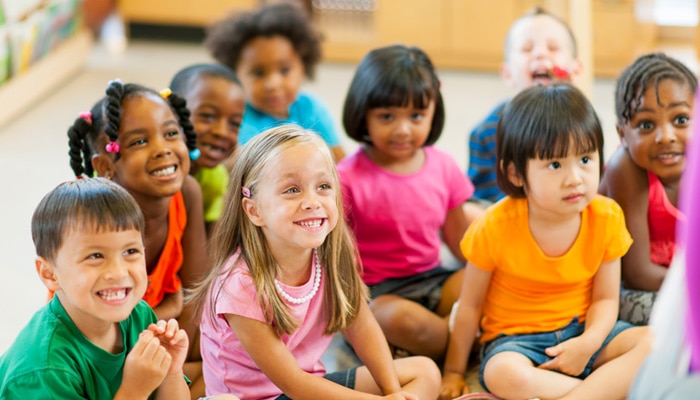While we believe that the books and resources recommended may be of value to you, keep in mind that these are suggestions only and you must do your own due diligence to determine whether the materials are appropriate and suitable for your use. PNC has no sponsorship or endorsement agreement with the authors or publishers of the materials listed.
MY FIVE SENSES

Name That Sound
Children will connect sounds with objects.

Lesson Objective
Children will experience using their sense of hearing to help identify common sounds.
(Science) Science
What You'll Need
- Pictures from What Sound? (see Lesson Tips)
- Empty box
- A few items from the classroom, such as a bell, crayon, toy car, ball, or pennies
What To Do
- Begin a discussion with the children about the sense of hearing (see Did You Know?).
- Place an object in an empty box without the children seeing what it is, and shake the box.
- Ask the children to guess what it was that they heard (see Guiding Student Inquiry).
- Show the children the pictures, and have them identify the object or animal from the What Sound? cards (see Lesson Tips).
- Have the children make the sound that goes with the picture.
- Make a pile with the pictures facing down.
- Invite the children to take turns choosing one picture and making the sound of that picture.
- Have the other children try to guess what object or animal makes that sound.
Resources
Home School Resources
Home educators: use these printable lesson PDFs to teach this lesson to your home schoolers. They're available in English and Spanish.
Content Provided By
Common Core State Standards Initiative – These lessons are aligned with the Common Core State Standards ("CCSS"). The CCSS provide a consistent, clear understanding of the concepts and skills children are expected to learn and guide teachers to provide their students with opportunities to gain these important skills and foundational knowledge [1]. (External) Visit the CCSS


